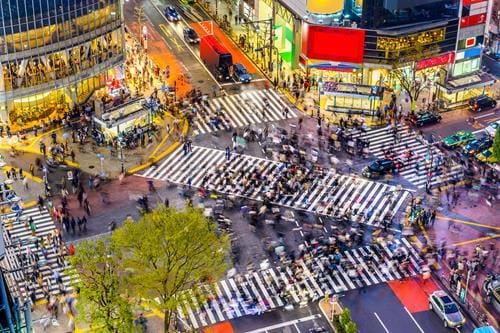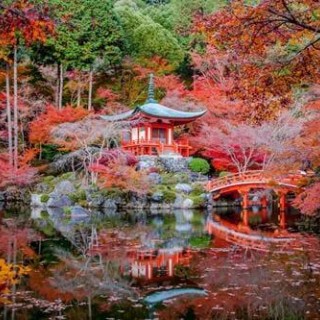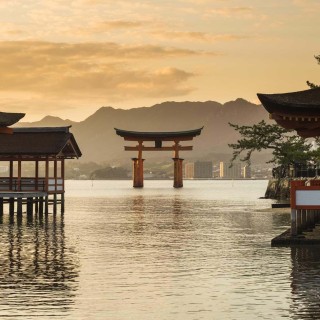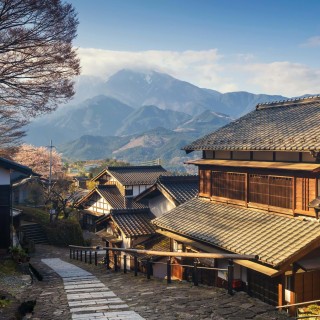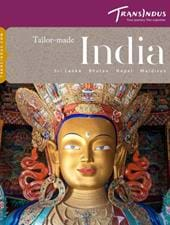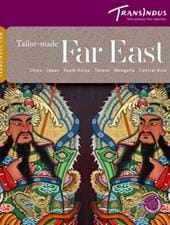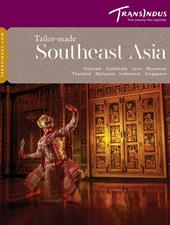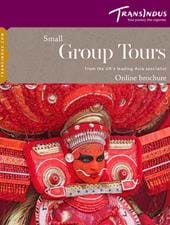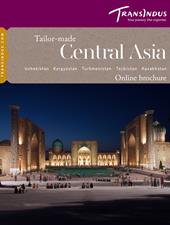Tailor-Made Tour
- Duration20 Days
- Flights IncludedYes
- Prices From £ 8995
 Places Visited :
Tokyo, Hakone, Kyoto, Koyasan, Hiroshima, Osaka, Kanazawa, Takayama, Tsumago, Obuse
Places Visited :
Tokyo, Hakone, Kyoto, Koyasan, Hiroshima, Osaka, Kanazawa, Takayama, Tsumago, Obuse
Three weeks allows for a more in-depth and satisfying tour of Japan, giving scope to venture a little off track to regions such as the cedar-cloaked slopes of Mt Koya, with its centuries-old pilgrims’ paths and beautiful Shinto forest shrines. The sacred mountain features after 3 nights in Kyoto, and before that, stopovers in Hakone, near Mt Fuji, and Tokyo. In the course of this itinerary you’ll also have a taste of big city life in Osaka and Hiroshima, and the opportunity to experience the cream of Japan’s traditional architecture of Takayama and Tsumago. A couple of nights in the Japan Alps, and a visit to the snow monkeys of Jigokudani, rounds off the tour before your final night in Tokyo.
Remember, this trip can be personalised to suit your travel needs - we can tailor everything from hotel, travel type, duration and more.

1.jpg)
.jpg)
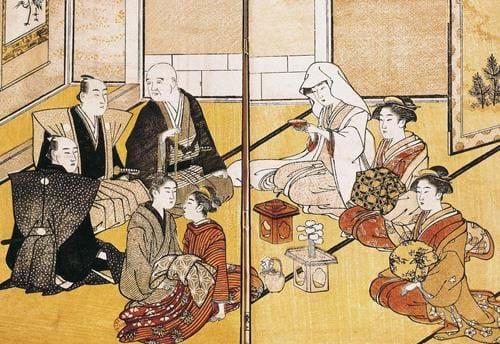
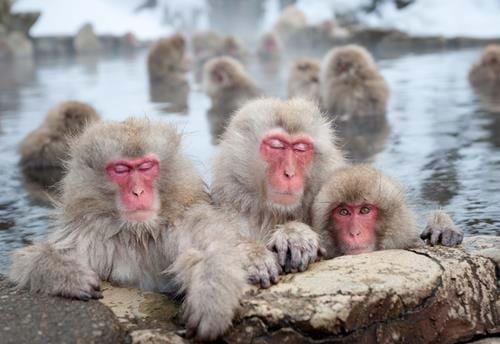
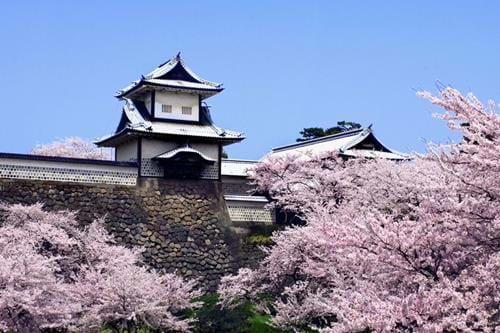
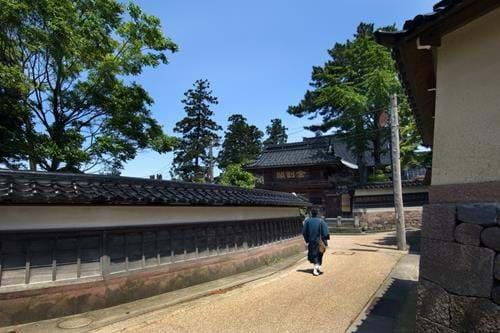
.jpg)
.jpg)
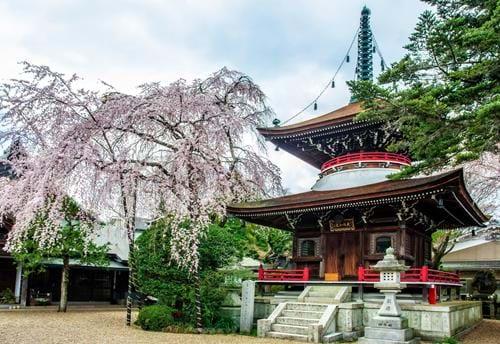
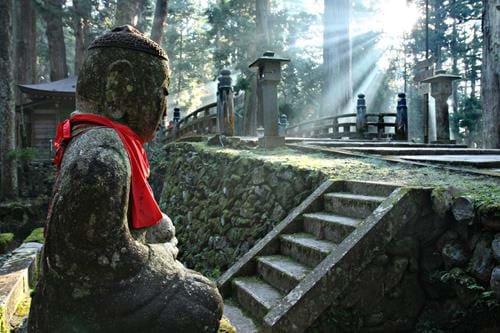
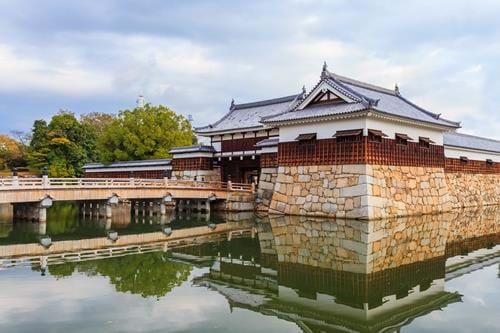
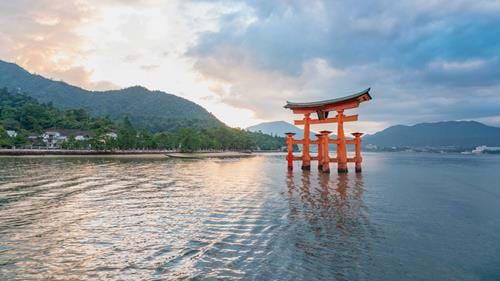
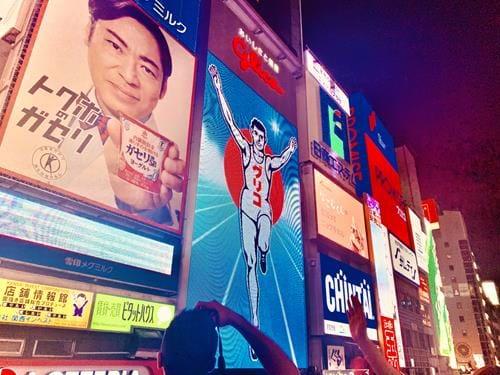
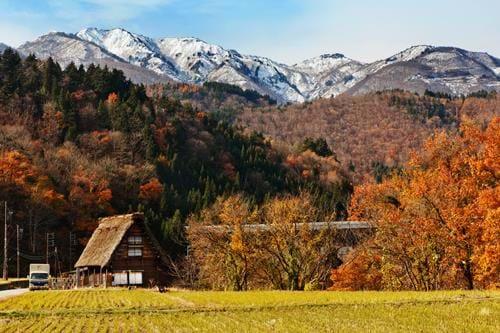
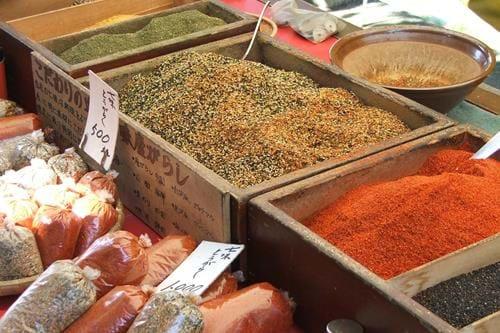
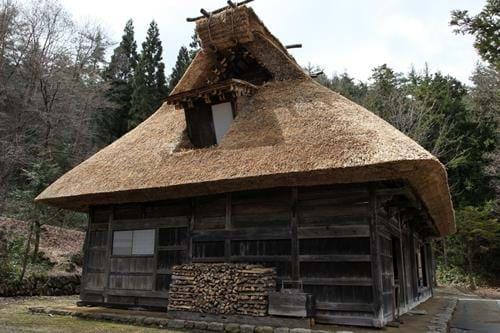
.jpg)
